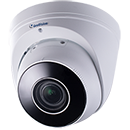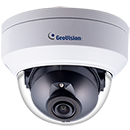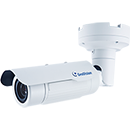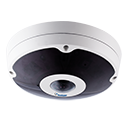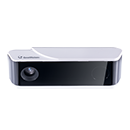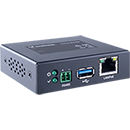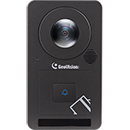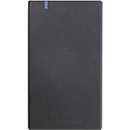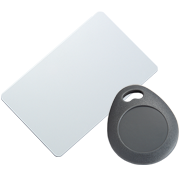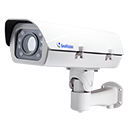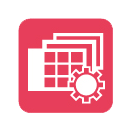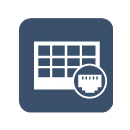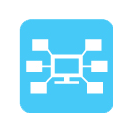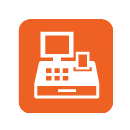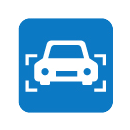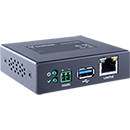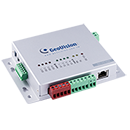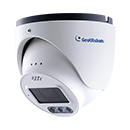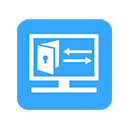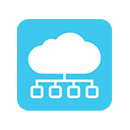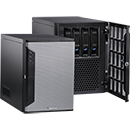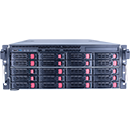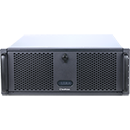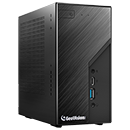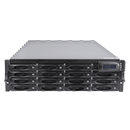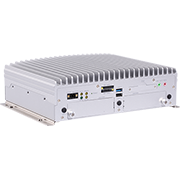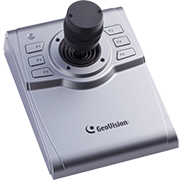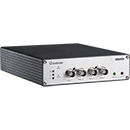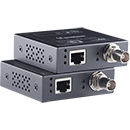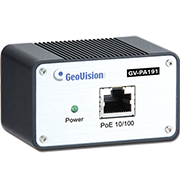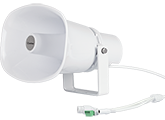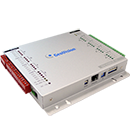
Growth, regardless of what happened in 2020, is what most security companies expect. But what would drive this growth is the real question. The pandemic has disrupted traditional demand. Are we going to see a return to pre-COVID demand, or should we look forward to something more?
From what we have observed over the past months, we’re positive that the market will continue to grow. People have a fundamental need to feel secure and surveillance systems – be that in a private or a public context – can help to create a safer and more secure environment. Many of the technologies that have come to the fore during the pandemic – from contactless access control solutions to people counting technology in retail – will still be relevant and deliver value following the pandemic.
It is expected that we see continued growth in 2021. However, it’s difficult to make precise predictions with so many variables and economic recoveries at different stages globally, including the progress and efficacy of vaccination programs.
Demand for COVID-19 Solutions to Wane

The demand for temporary, pandemic-specific solutions would likely flatten in the coming year. However, it should be noted that the enhanced security and protective measures implemented in response to the pandemic will likely influence new, higher standards for facilities of all types.
The need for increased automation and efficiency will be critical for some customers, while they will also continue to look beyond initial price points and at the lifecycle costs of their solutions. The adoption of deep learning analytics will be a force multiplier in lowering operating costs by reducing false alarm responses and operator fatigue. Already AI-assisted notifications for object and loitering detection give security teams greater situational awareness, improved detection, and verification, together with faster responses to threats and incidents. Metadata is also helping to speed up investigations from hours to minutes dramatically.
More of Analytics on the Way?
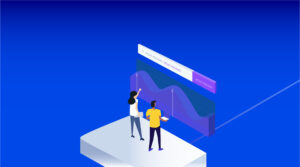
The manufacturers we talked to made it clear that there is more to come in terms of innovation. For example, next year, one of these manufacturers will launch Fall Detection Solution for retailers, mall operators, logistics centers, and warehouse operators. In these verticals, slips, trips, and falls are frequent, resulting in injury and lost productivity, expensive insurance claims, and time-consuming investigations.
There would be the continued demand for multi-layered cybersecurity in video surveillance – an area that was already top of the agenda before the pandemic and one that will continue well into the future.
Safety Concerns to Persist

The discovery of a vaccine could lower the demand for solutions like thermal cameras. But some companies don’t expect the complete withdrawal of pandemic-related solutions. The only difference would be that they may appear more as part of an extensive integrated system.
Convergence will be a key trend that could continue to drive growth in many areas in 2021. We look forward to seeing how new technologies and solutions for temperature screening, mask detection, and flow control can create value to end-customers. we believe that these technologies are immensely helpful for our customers and can help them improve their operational efficiency. Of course, the challenge now is how these new technologies can be accepted by the market. For example, how the technology is deployed to users’ scenarios, which may need to wait for the market’s response, acceptance, etc.
COVID-19 increased the needs for AI technology in the video surveillance market and significantly aided efforts to make the technology more popular in the field. In the era of COVID-19, there is a growing demand for operational efficiency, which will further develop edge-based AI technologies (object detection and classification) and specialized vertical solutions (Face Mask Detection, Occupancy Monitoring Application).
The development of 5G will enable AIoT [Artificial Intelligence of Things] to expand from consumer-oriented applications to industrial-level applications. Sensors, cameras, network infrastructure, big data, cloud, and AI technologies will be the key and core drivers of AIoT. In the past, surveillance mainly focused on basic security services. Now it can reduce costs and increase efficiency, playing a visual management role in various industries and segments.
What Would Companies Need the Most

The flexibility of devices is the key. Businesses worldwide are preparing for the next months and maybe years with COVID-19, but they must consider the time after the pandemic as well.
As such, it is crucial to ensure that technologies are flexible enough to be carried out after COVID-19 for a different type of solution and to be installed in different applications. A security solution today is more than only a surveillance tool, but it is an investment into a smarter future and therefore must be flexible and versatile enough to satisfy different needs, for different requests at different times.
While the current situation demands mainly thermal installations, these applications can be reused for fire prevention purposes if body temperature detection may eventually no longer be needed. Significantly, production facilities benefit from intelligent thermal cameras that can detect potential fires before creating immense damage. Thermal installations can also help prevent intrusion at buildings. This is a demand that is and has always been present. Eventually, being flexible enough to think of applications outside the box would define the company’s performance.
Adapted from a&s Magazine
